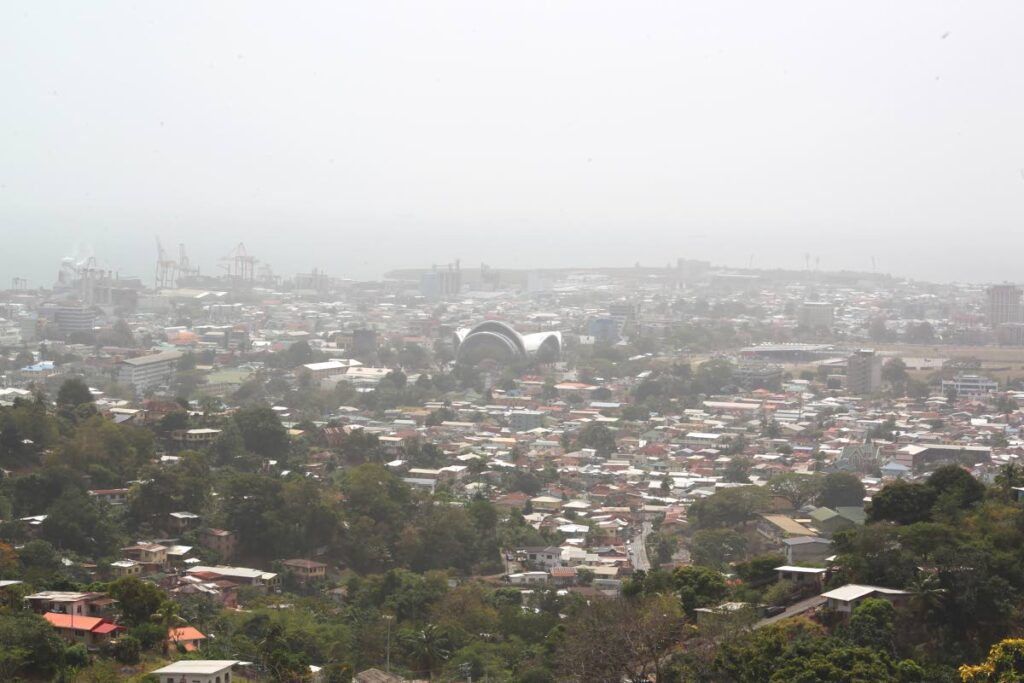Minimising calamities
Written by Newsday on December 24, 2024

WITH the memory of the 2022 Paria diving tragedy still fresh, the country was yet again set on edge on December 22 by another incident in the energy sector.
That incident once more underlines the scope of the challenge faced by safety regulators and should serve as fresh impetus to all sectors to redouble efforts to address standards.
The latest event involves Rig 110 of Well Services Petroleum Co Ltd, which partially collapsed into the sea off the southwestern peninsula. The episode led to the evacuation of dozens of distressed workers, caused injuries to one and sent the family of another into a tailspin after he was left unaccounted for.
Minister of Energy Stuart Young has swiftly announced “a detailed investigation of the incident” aimed at the preparation and submission of “a comprehensive report.”
This is the bare minimum of what must occur.
Without casting aspersions or assigning blame to any party in relation to this incident, the facts of which are being carefully found out and analysed by authorities, we call for the exercise of utmost vigilance by officials not only in the energy sector but in all areas of industry when it comes to practices, systems and norms relating to health and safety.
If there are any lessons to be learned from incidents of this nature, it is that the tiniest of mishaps – one small spark, one undetected crack, one gap in a plan – can lead to disaster. Lives can be put at risk.
We should not only meet and maintain standards but also exceed them. Emergency plans need to be in place and rigorously tested.
Are there enough drills in the offshore sector? And is regulation as effective on privately owned premises as on state facilities?
Adding an unnerving layer to this week’s developments is the fact that formal health and safety complaints relating to marine facilities are extremely rare. There were only five such complaints in the period 2018-2023, out of 3,235, according to records kept by the Occupational Safety and Health Agency (OSHA).
This either reflects vigorous enforcement of standards, or the fact that these facilities are more isolated and harder to police.
However, more general statistics suggest a worrying resurgence of workplace fatalities across the board. As of September, there were 17 such fatalities, according to OSHA. There were ten in 2023.
Notwithstanding a scathing report from a commission of enquiry, there has been no real sense of closure with regard to Paria.
Instead, questions abound over legal matters such as appropriate charging offences, as well as applicable statutes of limitation.
The consequences of such harrowing incidents being left unresolved may well include their recurrence.
All must ensure that is not the case. We await the findings of the probe initiated by Mr Young.
The post Minimising calamities appeared first on Trinidad and Tobago Newsday.




